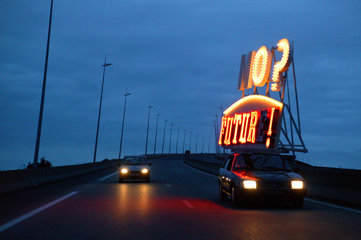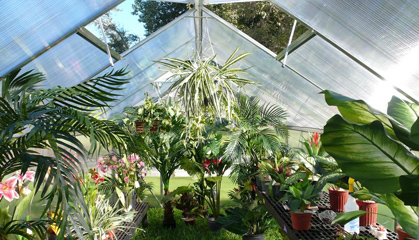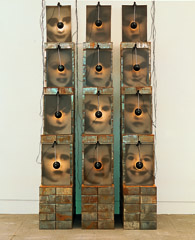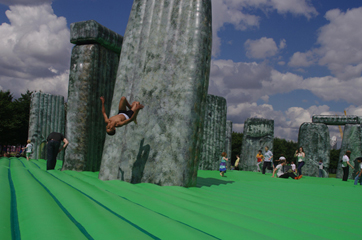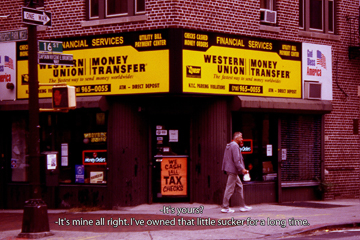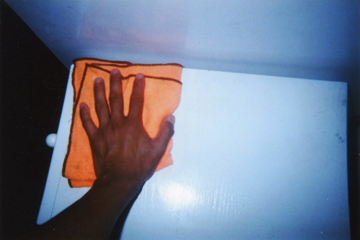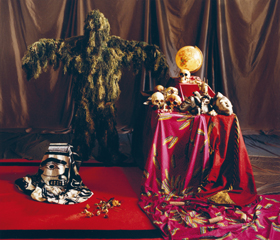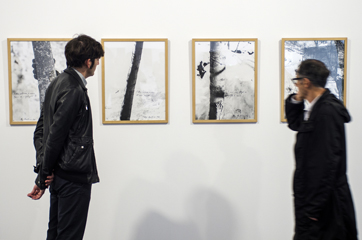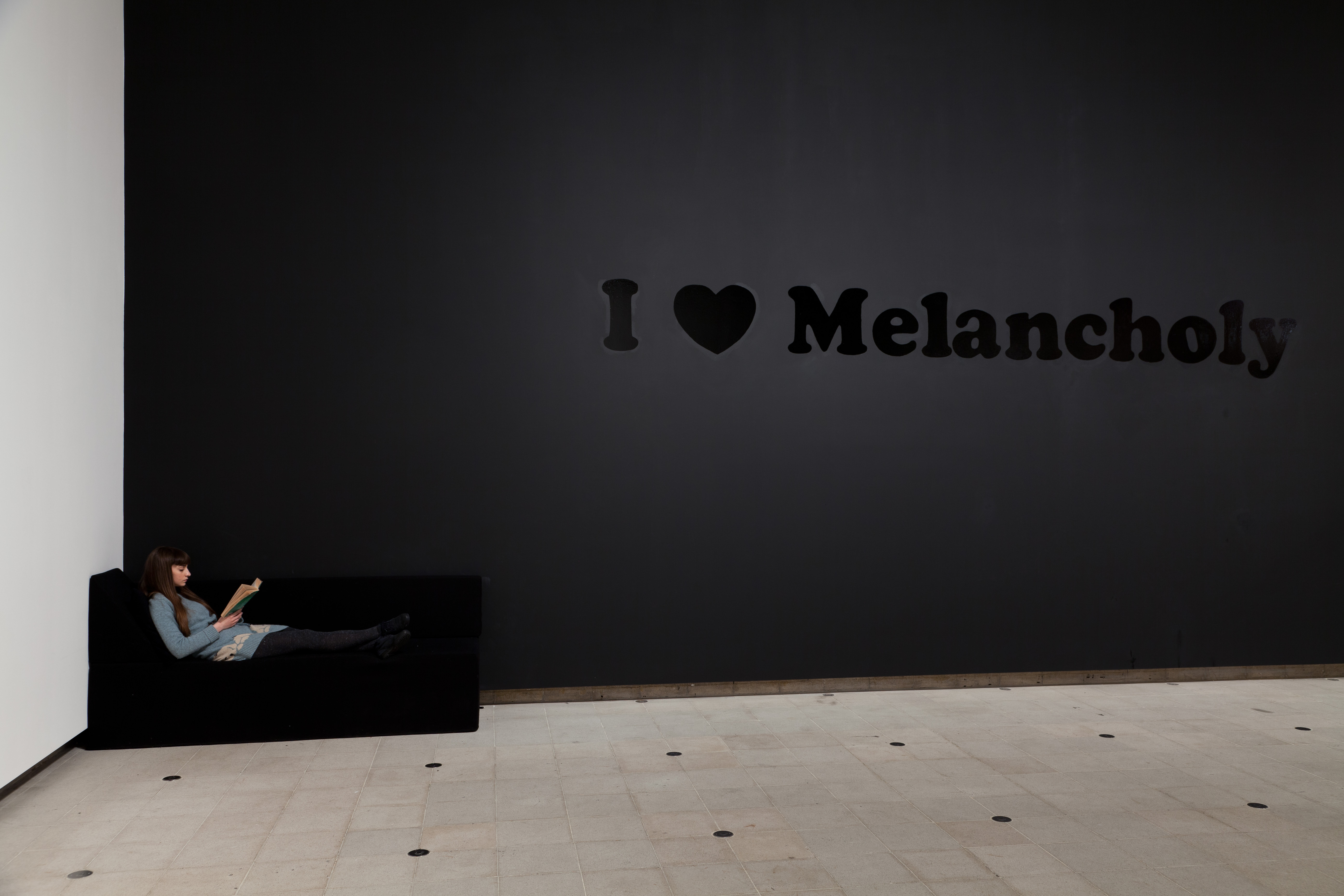
The exhibition The Infinitely Variable Ideal of the Popular attempts to review the work of Jeremy Deller by incorporating early as well as recent work, bearing in mind that this is the first exhibition of its kind presented in a Spanish-speaking country. The selected pieces make evident the manner in which Deller departs from object production in order to give way to collective actions, which arise from within the art sphere, only to later desert it.
